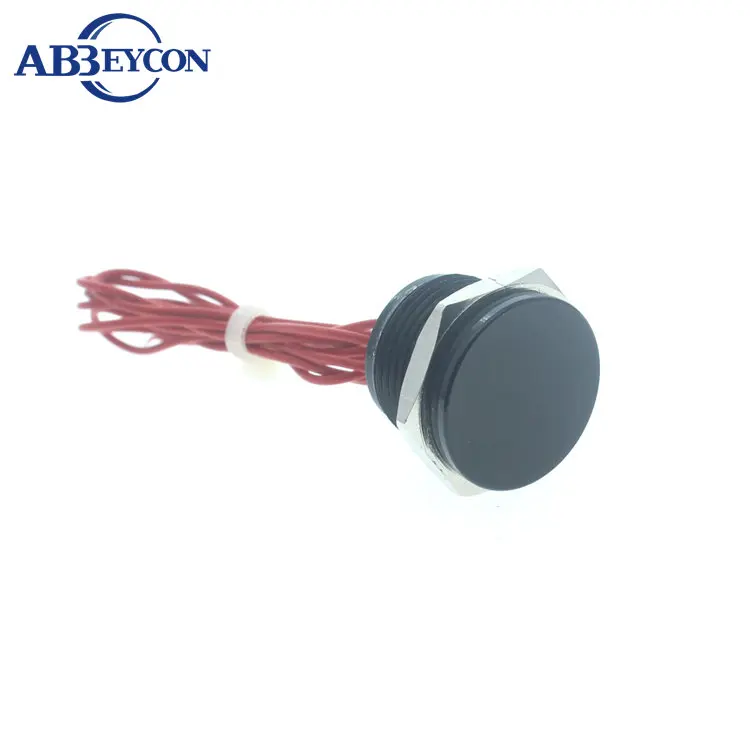
Alu watch is just way way lighter, especially the non-LTE version, as the case materials are plastic, aluminium and glass, rather than ceramics, steel and sapphire, which are all denser (much denser in some cases) materials than their corresponding counterparts. The other downside to the Sapphire display is due to the Sapphire coating, the images may seem not as vibrant compared to the aluminum model due the reflectivity.Ĭlick to expand.The most major overall difference is probably weight. The downside to the Sapphire display is that it is prone to shattering if it’s dropped. I personally prefer the Sapphire display is one of the main reasons why I would choose the stainless model to begin with. Its Almost impervious to damage against scratches and scuffs, and coming from a stainless owner, it literally has no scratches after all the usage I have worn on a daily basis. With the Ion-X Glass, there is also less reflectivity, which the images may seem brighter on the display, because it lacks the Sapphire coating that the sapphire display includes. Albeit, the Ion-Glass does not have the resilience that the Sapphire display does in terms of protecting against scuffs and scratches. If it’s dropped, its less likely to shatter compared to the Sapphire display on the stainless model. Hopefully this rundown has given you an understanding of the fundamental differences between aluminium and stainless steel – for any further information, don’t hesitate to get in touch.It’s very durable, it’s almost identical to what Apple would use for their iPhone displays. You can bend aluminium into shape without breaking it a lot easier than you can stainless steel, which, as it is harder to form, can be more difficult to work with.

MalleabilityĪluminium is easier to work with: it’s relatively soft and easier to cut, stretch and manipulate. However, stainless steel can be used at higher temperatures than aluminium, which will soften at higher temperatures. Likewise, when it comes to heat, aluminium is a better conductor. Stainless steel is one of the worst conductors of electricity, whereas aluminium is a very good electrical conductor. Stainless steel is also non-porous, giving it an extra level of corrosion resistance. With good corrosion resistance properties, aluminium does not rust.īut stainless steel takes the advantage here as it has chromium added, giving it a protective film and excellent corrosion resistance. Typically, commercial quality aluminium and stainless steel are similar in price per kilogram, but due to aluminium being lighter, it often makes it more cost effective.

So, although Stainless steel is stronger, the strength to weight ratio of aluminium is much better.

You’ll also find aluminium sheet widely used in the automotive sector. Strength to weight ratioĪluminium is about one third of the weight of stainless steel – hence the reason it’s used in industries such as aeroplane and bicycle manufacturing. But this strength comes at a cost – it’s a much heavier material…. There’s no denying the fact that stainless steel is much stronger than aluminium. Looking at the main differences between the two should help highlight which metal is right for you. Because of its light weight, aluminium is widely used in aircraft, bicycles and cars, amongst other things. Both are widely used: you’ll find Stainless steel in everything from cutlery and household appliances up to ships and infrastructure projects. Aluminium and Stainless steel may look pretty similar, but they have some fundamental differences.


 0 kommentar(er)
0 kommentar(er)
